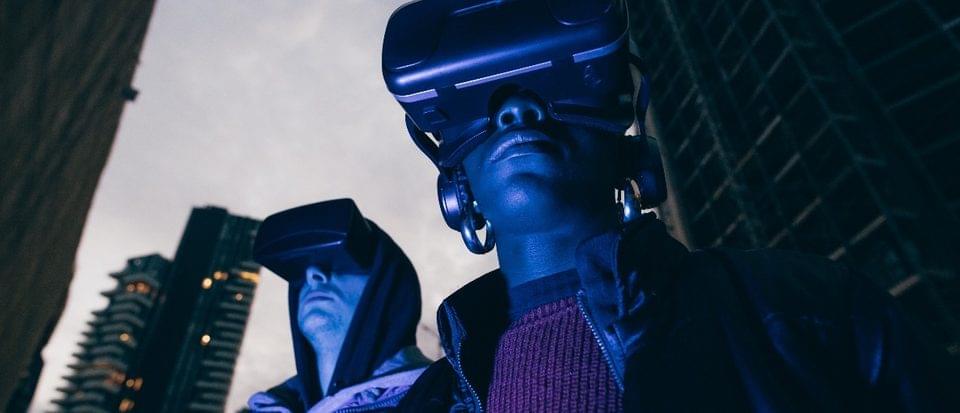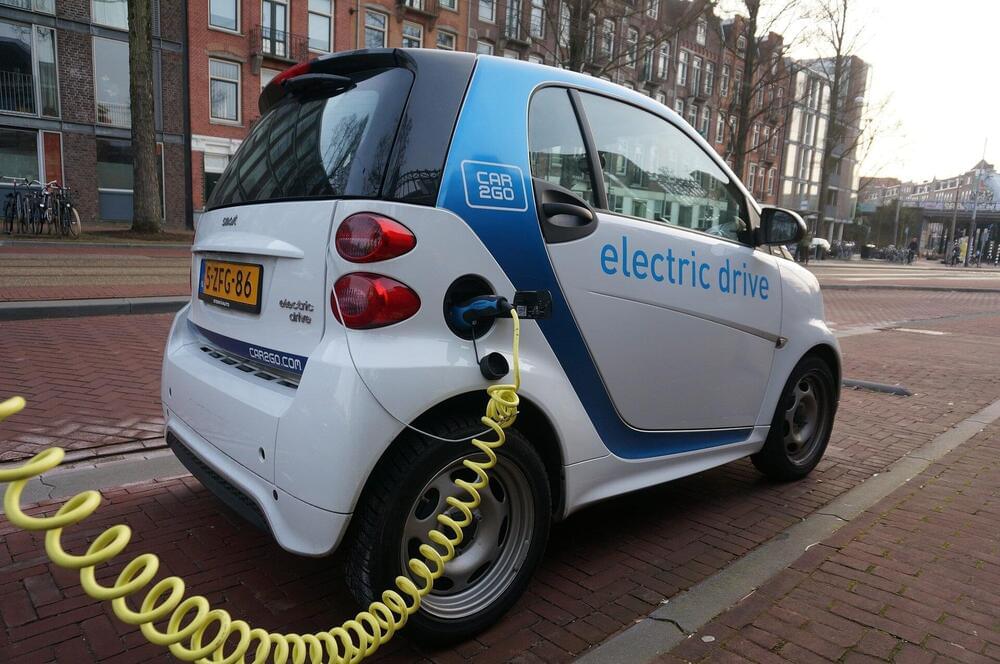But with such a rapid expansion into this new virtual world, will it be safe, regulated and, is it something we should fear or accept with open arms?
We talk to David Reid, a Professor of AI and spatial computing at Liverpool Hope University to see what to expect from the future of the metaverse.
There’s a few definitions. You can think of it from a technological viewpoint, where it’s simply the successor of the internet. Computers once took up big rooms, but they’ve shrunk until we got things like pocket-sized smartphones that you constantly interact with. The metaverse takes this a step further, making the actual environment you interact with virtual, removing the interface of computers completely.




